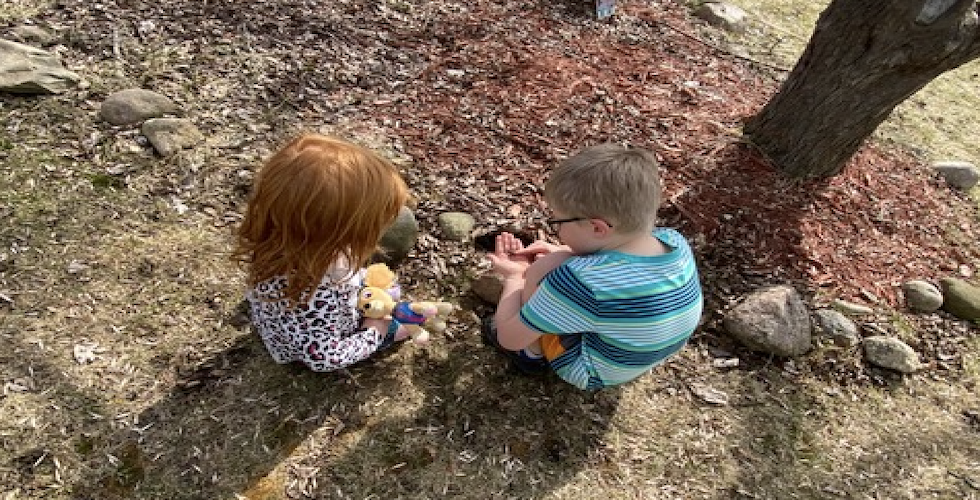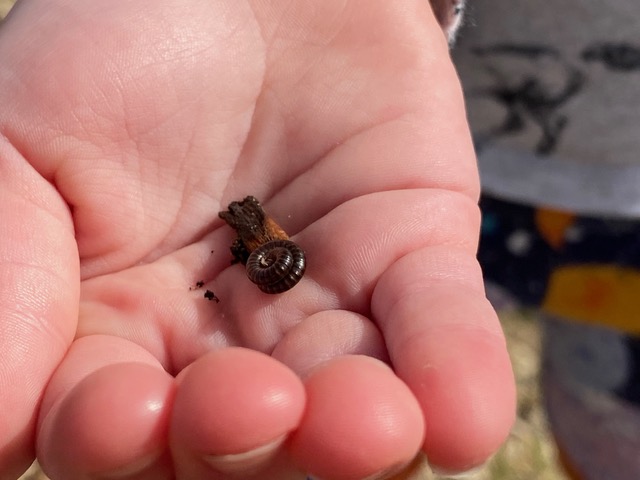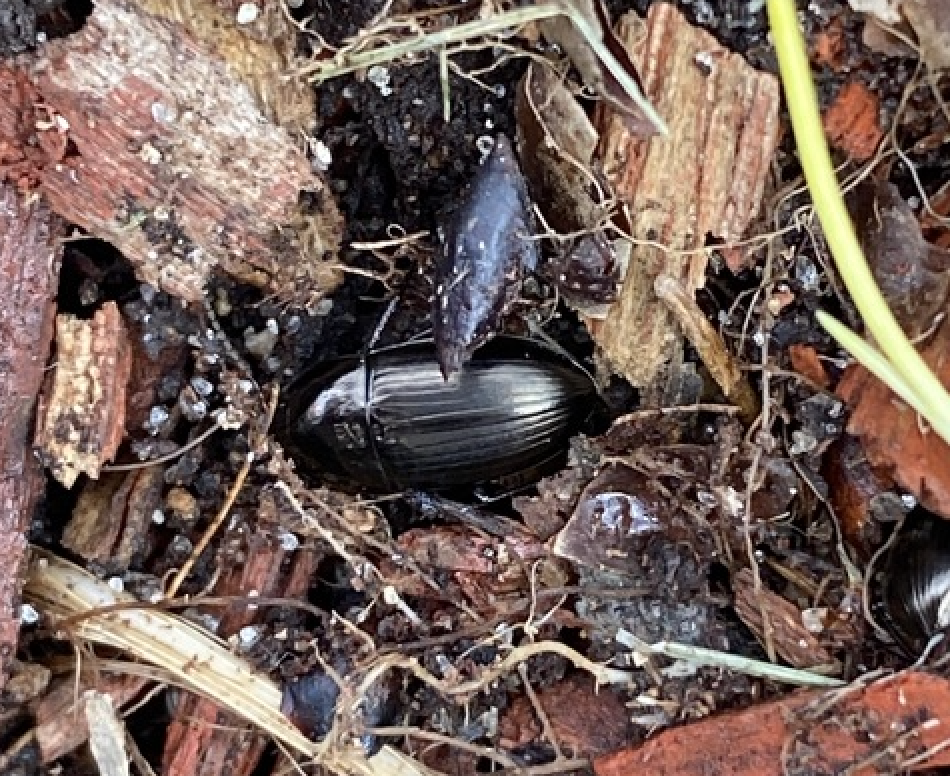
Kids Love Bugs
In today’s post we tell you how to take your kids on an exciting bug hunt. Bugs are everywhere, and this is a great family activity. Here is what you need to get started:
- A store-bought bug house, or a clear plastic/glass container with holes in the top for air and a moist paper towel inside
- A camera or a notebook
- Gloves
- Field guides for your area
Finding bugs is easy. From the fruit flies you might see in your kitchen to the ants crawling around on the sidewalk outside, bugs can be found almost anywhere. (There’s even a bug—a midge—that lives in Antarctica!)

For the purposes of this activity, we’re defining “bug” as anything that’s creepy-crawly, squirmy, or fun to find. This includes true insects such as ants, beetles, and butterflies; to arachnids (spiders); terrestrial crustaceans (isopods, aka pillbugs); and myriapods (centipedes and millipedes). Finding a number of different insects and related species is a great way to learn about just how many kinds of insects and “bugs” are out there.
One of the best places to look for bugs is in a garden, or even on the leaves/dirt of a potted plant. You can also gently lift up logs or rocks (though see the safety note below). Once you find some bugs, don’t blink—insects and bugs under logs often will try to scurry away once discovered. But if you place your container in their path, you can often gently coax them (or scoop them up) into it and toss in some dirt/leaves from where you found them. Then, you can affix the top and get a closer look.

If you want to observe your bugs for any amount of time, be sure to keep the container moist, but not wet. The best way to do this is to roll up a piece of paper towel and drip some water onto it. This will prevent the bugs from drying out. Don’t leave standing water in the bug house, though, as insects and other “bugs” can drown pretty easily.
Then start identifying and observing your finds. To do so, check out our field guides, or head online to a site like Bugguide.com. Once you’re done observing your bugs, release them back to where you found them, clean out your bug house, and start another bug-hunting adventure!

Safety Note: If you live an area with potentially dangerous animals (e.g., venomous spiders or snakes, scorpions), use caution and common sense. At all times an adult should guide the “bug hunt.” Wear gloves, don’t reach where you can’t see, and so on. If you’re concerned about potentially dangerous critters, hunt for obviously safe insects (flies, moths, butterflies, or some of the many beetles).

If you enjoyed this post, sign up for our newsletter now! You may also enjoy reading How to Conduct a Backyard Bird Count or check out our practical guide to Insects & Bugs of North America and the handy Bug Log.


